
As a collectible car, the HSV Commodore Group A SS of 1988 has been a tad slow off the mark.
This feature was originally published in MOTOR’s September 2008 issue
This has not been by accident. Then again, neither has the model's sudden elevation to mega-collectible been a fluke either. It's all just a question of timing, really. Right place, wrong time, and all that.
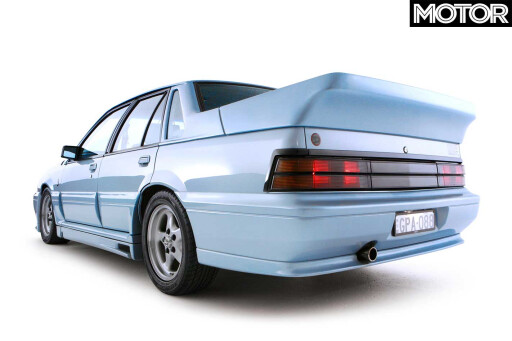 The Group A SS’ problems started early in its life. For a start, Holden Special Vehicles was seen – by some anyway – as the bad guys in the whole Holden-Brock divorce of 1987.
The Group A SS’ problems started early in its life. For a start, Holden Special Vehicles was seen – by some anyway – as the bad guys in the whole Holden-Brock divorce of 1987.
See, HSV only came into being as a result of GM's very public, very ugly punch-up with Brock over the infamous Energy Polariser and questions over the legality and acceptability of the mods Brocks was carrying out to some of his road cars (which, remember, were being sold through Holden dealerships).
So, as the factory-sanctioned hot-rod shop, HSV was viewed in some circles as part of the evil empire that hung Brocky out to dry (forget that HSV absorbed some of Brock’s former staffers).
The Walkinshaw – as it soon became known – was also seen at the time as a pretty outrageous looking piece of gear. Okay, so the wild bodykit (including the bird-bath rear spoiler that covered the whole bootlid) was radical, but as far as many were concerned, the Group A was just plain homely.
You need to remember what 1988 was like, too. And when we tell you that Whispering Jack was riding high in the charts with Johnny Farnham’s Age of Reason, and the first George Bush had just announced Dan Quayle as his running mate for the US elections (and it's true: Mickey Mouse did get a Dan Quayle watch for Christmas) you can see what we mean.
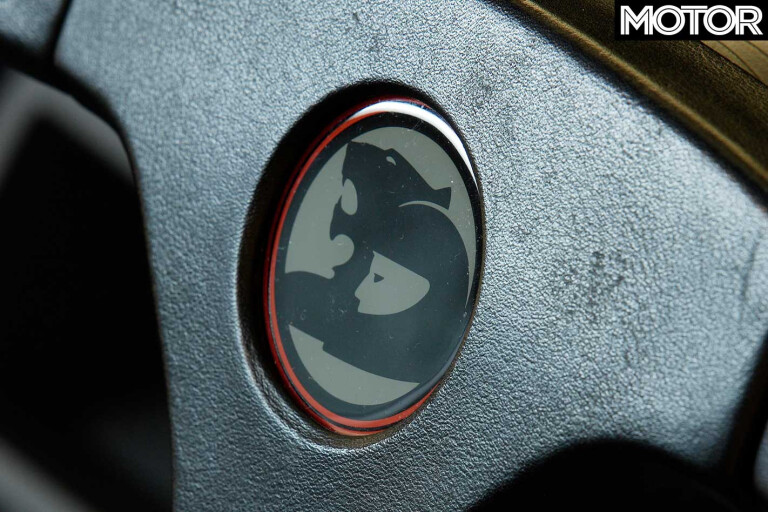
Group A SS nick-names like ‘Batmobile’ and ‘Plastic Pig’ (there was 65kg of fibreglass in a Group A bodykit) didn't help. Nor did the decision by some dealers to repaint brand-new cars or strip off the bodykits prior to sale didn’t help the car's cause one little bit.
The there was HSV's decision to get a bit greedy.
While the initial batch of 500 cars sold reasonably quickly, allowing Holden to homologate the car for Group A racing, HSV figured it’d have double dip and build an extra 250. And it’s these later cars that were the toughest to shift, leading to the repainting and de-kitting we were talking about (bet they regret it now).
There was also the value-for-money question. At $45,000 (a Calais Turbo was $32,000) the Walkinshaw was seen as a bit elitist.
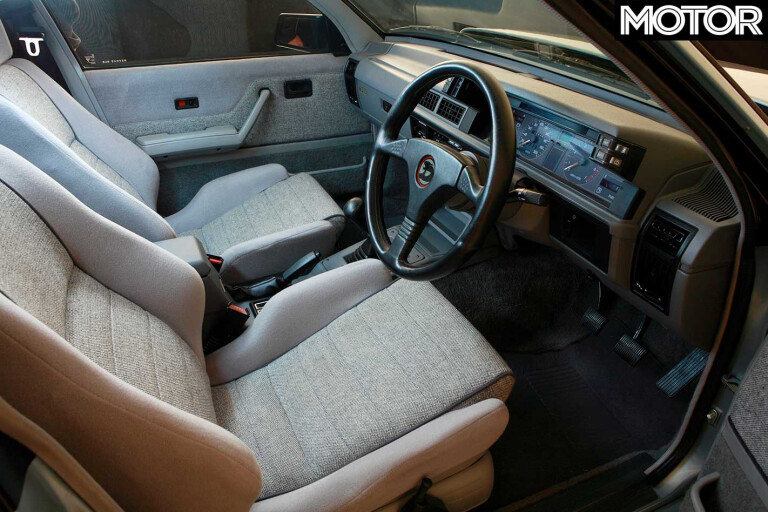
The truth was, of course, that it was also probably the most sophisticated car ever to bear a Holden badge, but that little fact was glossed over at the time by the market.
And finally, the Group A never won Bathurst. Well, not in the time it was on sale brand-new, anyway. It took until 1990 for Gricey and Win Percy to break the SS' Bathurst drought, long after the Walkinshaw had disappeared from showrooms, but then again, the VN Group A never won Bathurst, finishing a Charger-like second the next year.
So that was what was wrong with it at the time and why it was so long maturing as a local hero? But what was right with it? Plenty, actually.
For starters, building a homologation car for the new international Group A rules meant a big rethink in the way Aussie metal had been turned into race-cars. New rules meant new restrictions, but they also meant new possibilities.

For instance, the Group A regs stipulated that the exhaust was free after the first join. For most people, that meant that south of the headers, you could do more or less as you liked. HSV and the factory race shop didn’t see it that way. By adding a join to the headers themselves, just a few millimetres after the flange, the fledgling HRT was able to run near enough to anything it wanted. And there wasn’t a damn thing CAMS or anybody inside Group A could do about it. It wasn’t illegal. It was just clever.
And while that bodykit might’ve looked a bit cheesy, it was actually a wind-tunnel job and it worked beautifully. At 190km/h, for instance, the kitted Walky needed about 30kW less to push it along than a standard VL Under the lid, the engine retained the road car’s 4.9-litre capacity (Group A had a cut-off at five litres) but the block was stronger than a ‘normal’ Holden V8 with four-bolt main bearings and extra webbing.
But the biggest changes were on the intake side where fuel injection replaced carburettors, with a twin throttle-body intake allowing deep breathing when tuned to race spec.

These days, 180kW might sound a bit limp, but with good torque from down low (380Nm from just 1,000rpm) and an all-up weight of just 1470kg, the Group A road car could certainly get out of its own way. If you look at modern values of the Walkinshaw (check out the sidebar story) you’ll soon see that the thing has come into its own in the last couple of years.
Okay, part of that is down to the general rise in fortunes of any locally-made performance car, but it’s also recognition of the fact that enthusiasts are increasingly seeing the Group As good points for what they are. And if you're lucky enough to take a Walkinshaw for a squirt, you’ll also understand that it’s the car’s old-school feel that makes it so endearing now.
The light weight combined with a tractable engine and chatty steering are things that are lost in many modern fast cars, but not the Walky. It feels light on its feet and keen to change direction, and there's none of the muted feedback that we now associate with big, heavy cars with loads of sound deadening and over-assisted controls.
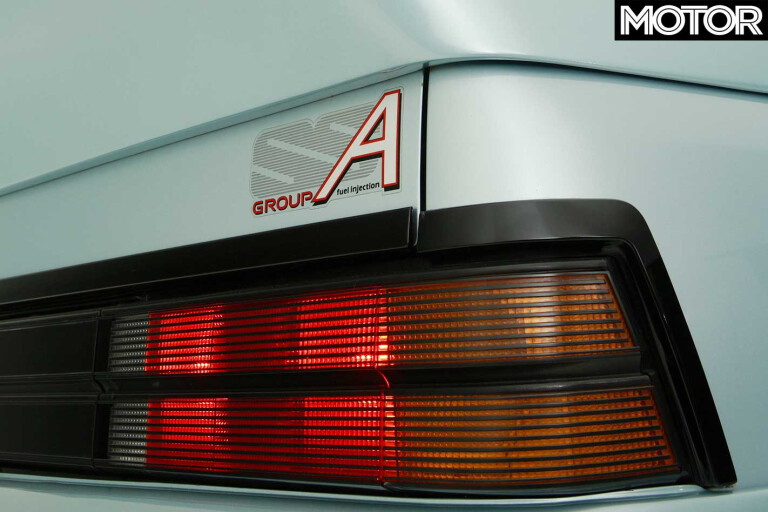
The things that dogged it back then are largely forgotten now, even if you do still have to be super-cautious on driveways and when parking against kerbs and gutters.
But the original asking price? Forget about it … if only you could find one for that now.
And the fact that it took a few years to crack Bathurst? Not an issue, either, now that time has passed and the whole Group A thing has since disappeared up somebody’s backside anyway.
Where to get one
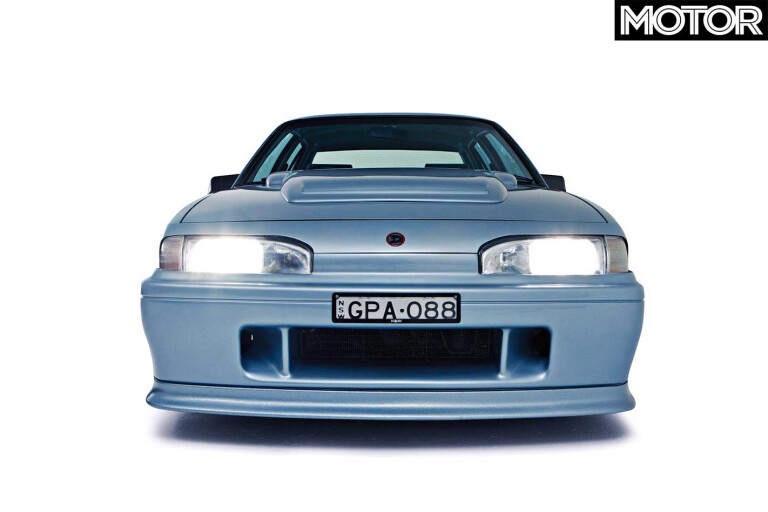
You can check the classifieds and the general online car-yard sites, but there's no guarantee you'll find much in the way of original Walkinshaws. There’re much better odds of finding the right car via the specialist performance and muscle car dealers and their websites.
This particular Walkinshaw was sourced via specialist dealer The Classic Throttle Shop, based in North Sydney (www.classicthrottlehsop.com). Walkinshaws often come up at auction, too, underlining the fact that they’re still on the rise.
I Bought One

The Walky you see here – build number 49 – belongs to Michael Grech (err, no relation to former HRT boss Geoff). In its original acrylic Panorama Silver (many have been ‘restored’ in two-pack), Michael’s owned the car for about six months – but had the plates for over six years.
“I’ve wanted one for about a decade”, he confesses, “but it was only 12 months ago that I really went on the hunt.” It’s unrestored, after the first owner kept the car for 18 years. “It’s just the toughness”, Michael explains. “They’re so unique. They’re probably more accepted now than in the ’80s. Ultimately, my wife and I will enjoy it knowing that in the end, we’ll still get something back.”
What's it going to cost?

Unmessed-with, genuine cars now start at around $70,000 and below that you might find you're buying trouble. Watch out for fakes, too, because for all the mud slung at the body kit when the car was launched, it was soon being ripped off in chop shops all over the country.
The highest price we've seen for a Group A SS was a stonking $170,000 but that was a car with little more than delivery miles on board and in stunning nick.
Closer to $100,000 gets you into the realm of really good examples and while that sounds a fair bit, compared with a GT HO of any sort, it’s good buying.
1988 HSV Commodore SS Group A Pros & Cons
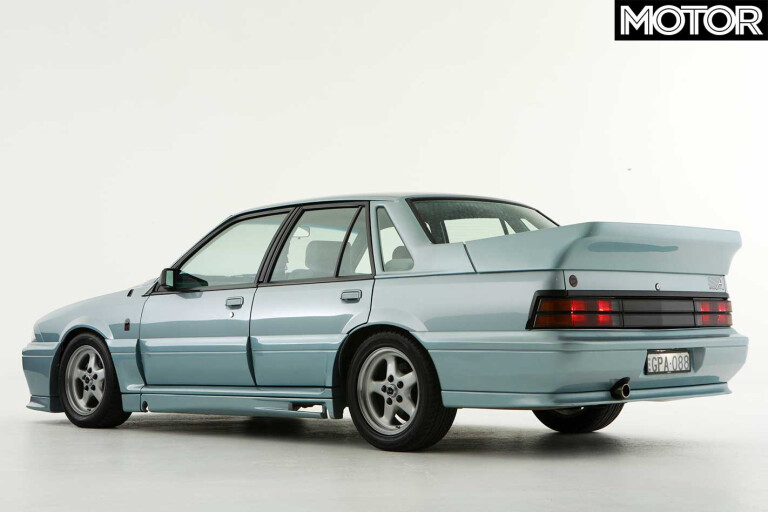
Pros:
- Ultimately as collectible as any other Bathurst winning model.
- Still feels good to drive. Lively and agile … believe it or not.
- A collectible car you could use every day in terms of reliability and driveability.
Cons:
- Will never have the mystique of a Brock car (with or without an Energy Polariser).
- Body kit is the real driving limitation. At least the very lower pieces can be removed and stored safely.
- Finding a dead original one will be the real trick. Lack of respect when new led to a lot of them being modified with varying degrees of sensitivity.

COMMENTS